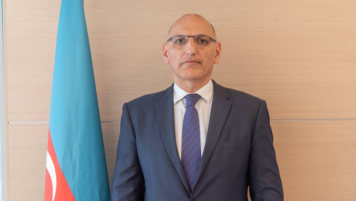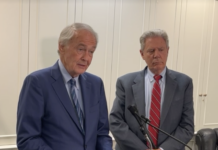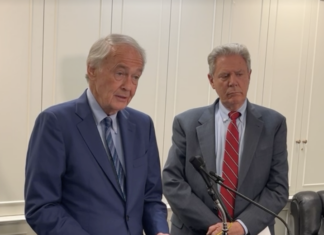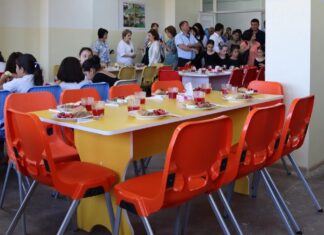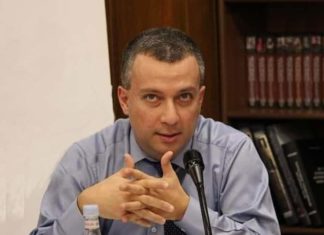 YEREVAN (RFE/RL) — For the third time in three years, the Armenian opposition has announced the start of a nationwide campaign to bring about regime change, or at least wrest significant political concessions from the country’s leaders. Whether this attempt to bring about what one leading figure termed “a velvet revolution as a result of peaceful popular pressure” will succeed where the previous two failed is questionable, however.
YEREVAN (RFE/RL) — For the third time in three years, the Armenian opposition has announced the start of a nationwide campaign to bring about regime change, or at least wrest significant political concessions from the country’s leaders. Whether this attempt to bring about what one leading figure termed “a velvet revolution as a result of peaceful popular pressure” will succeed where the previous two failed is questionable, however.
At the height of the “Arab Spring” of 2011, the Armenian National Congress (HAK) headed by former President Levon Ter-Petrosian convened a series of four protest demonstrations in Yerevan to demand pre-term parliamentary and presidential elections.
Ter-Petrosian never recognized the legality of the presidential ballot three years previously, in which, according to official returns, he polled just 21.51 of the vote compared to 53 percent for then Prime Minister Serge Sargisian.
The 2011 protests mobilized up to 35,000 people. But, for reasons that were never clarified, Ter-Petrosian failed to capitalize on that manifestation of mass support: He advocated “caution” rather than “pushing the authorities into a corner.” The talks the HAK subsequently embarked on with representatives of Sargisian’s Republican Party of Armenia (HHK) ended in deadlock.
In the spring of 2014, a year after Sargisian’s re-election for a second term, four of the five minority parties represented in the parliament elected in May 2012 set aside their long-standing mutual distrust and jointly planned new demonstrations in support of their efforts to force a vote of no confidence in the government. That initiative collapsed when Prime Minister Tigran Sargisian (no relation to Serge) stepped down unexpectedly.
Then, in June 2014, the four parties in question — the HAK; the Prosperous Armenia Party (BHK) headed by wealthy businessman Gagik Tsarukian, which had been part of the ruling coalition until the May 2012 parliamentary election; the Zharangutiun (Heritage) party headed by US-born former Foreign Minister Raffi Hovannisian, Serge Sargisian’s main challenger in the 2013 presidential ballot; and the Armenian Revolutionary Federation — Dashnaktsutiun (HHD) — issued a list of 12 demands to the Armenian leadership, and set a deadline of September 30 for meeting them.
